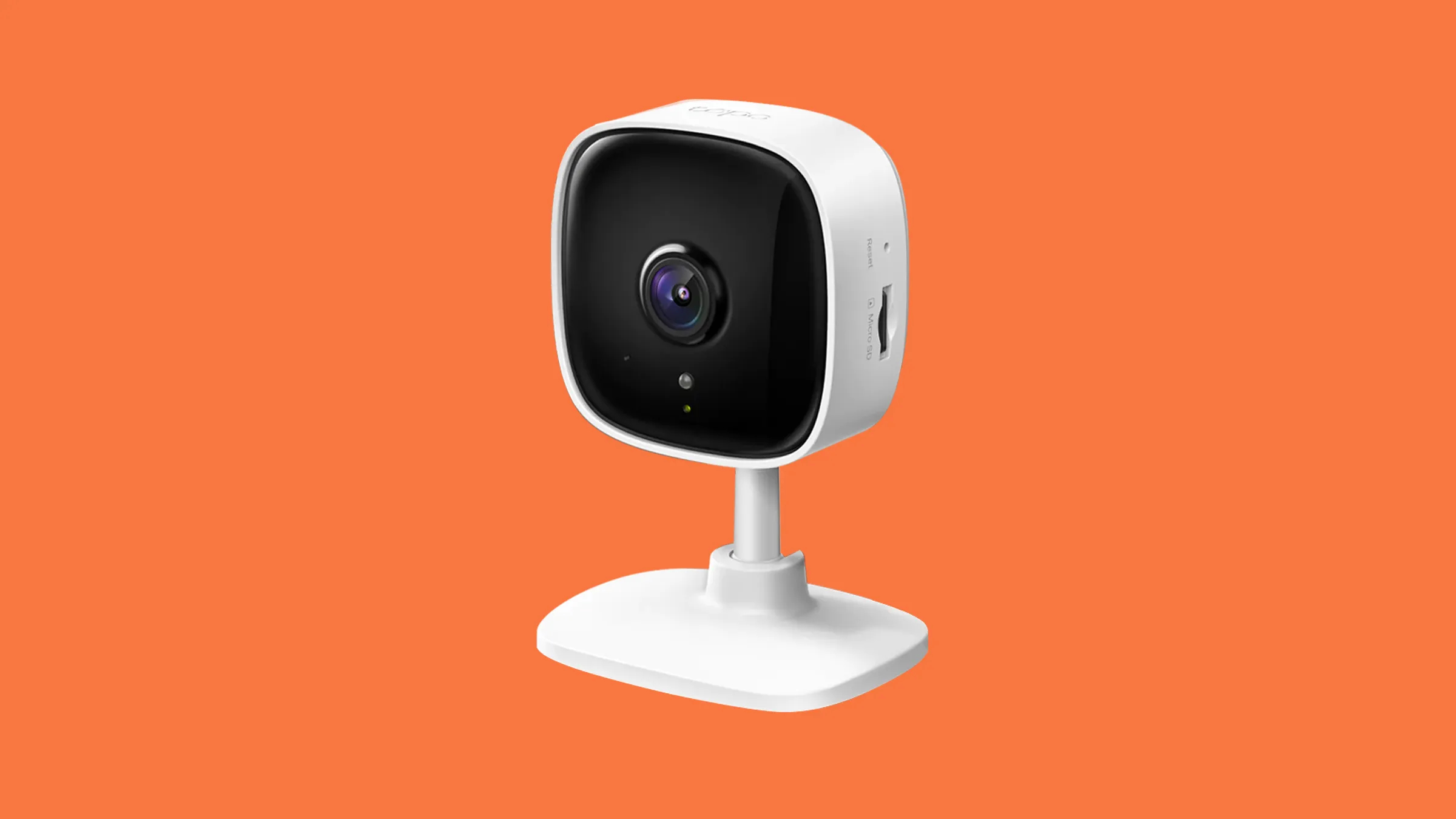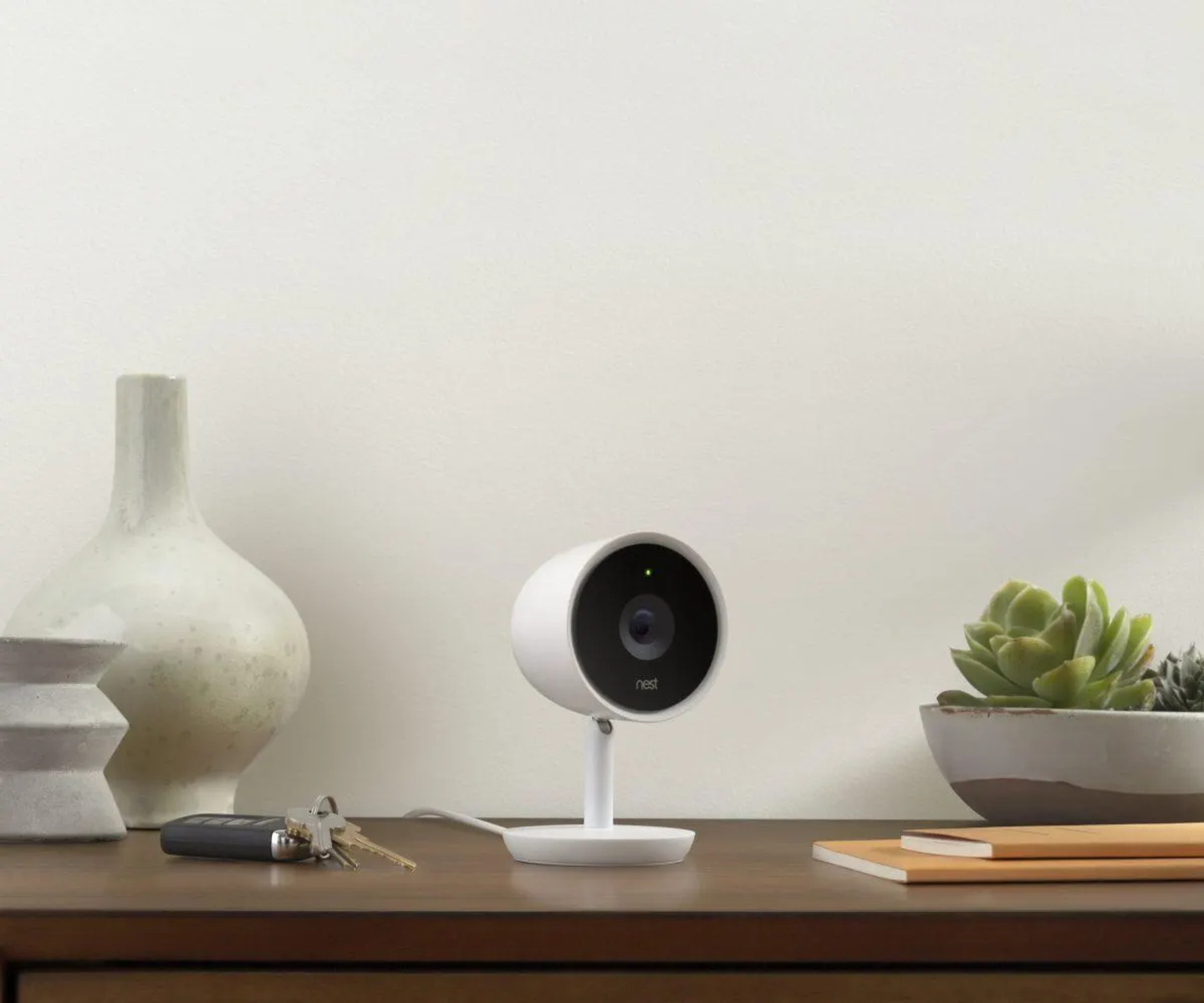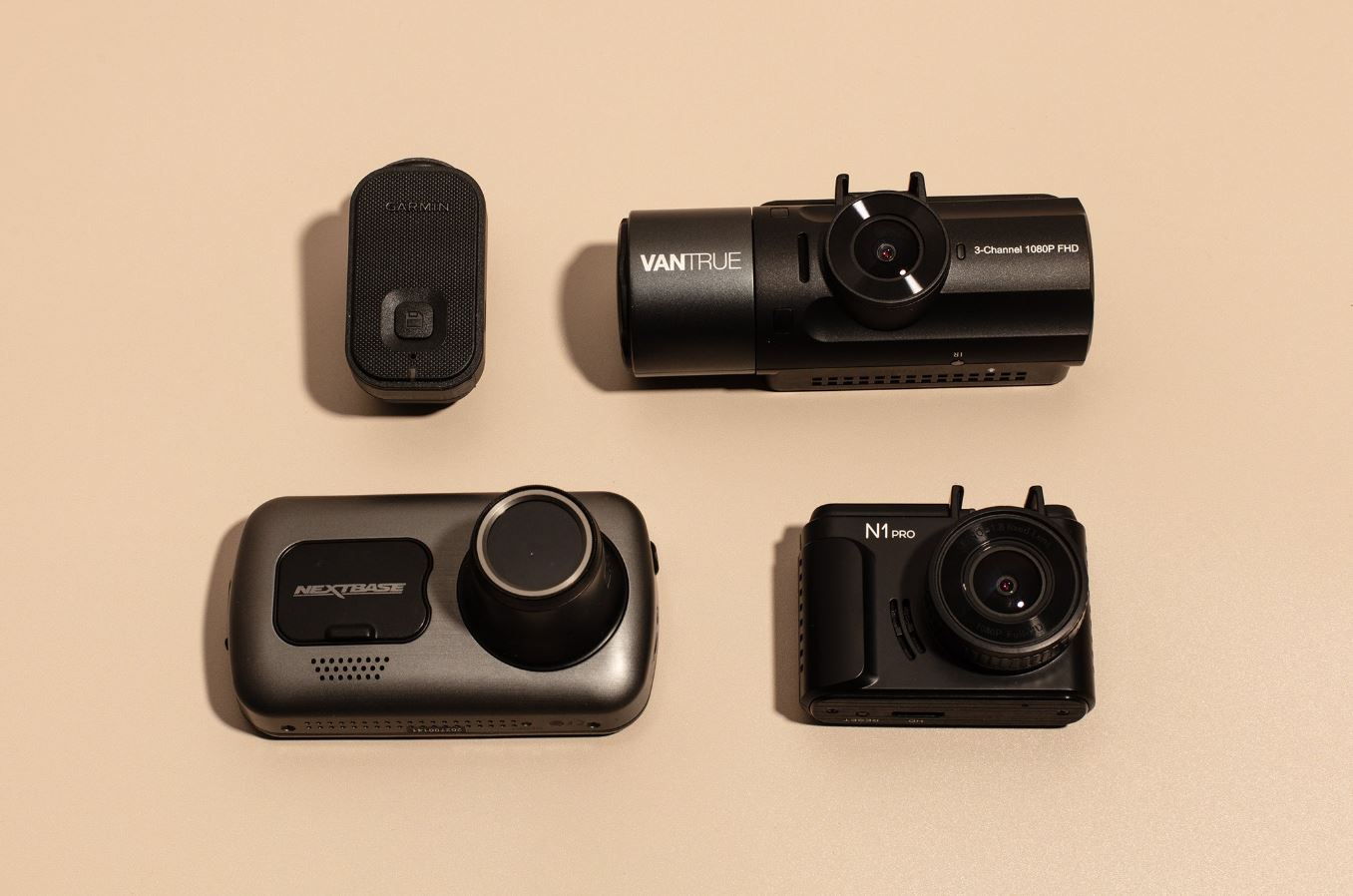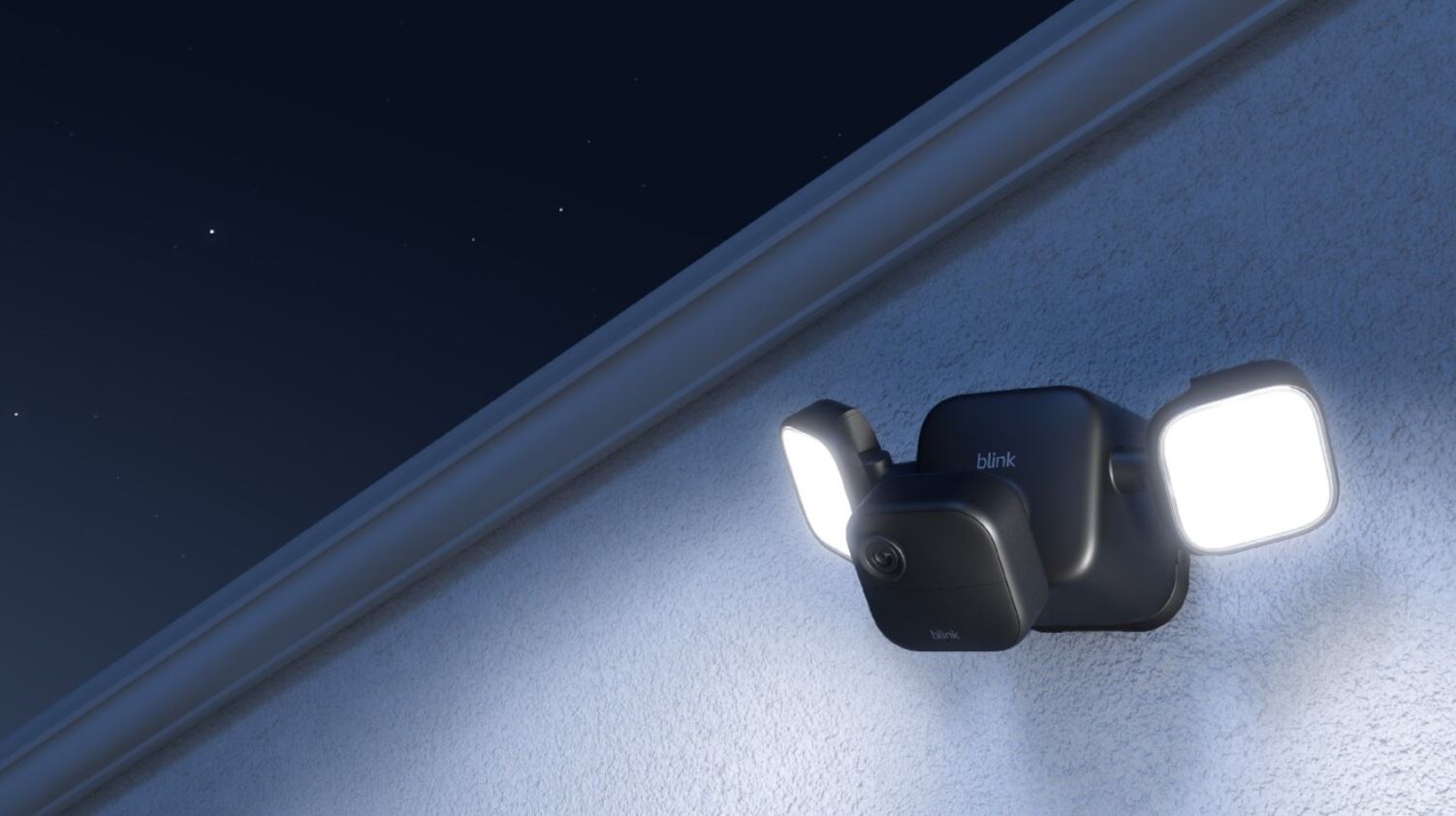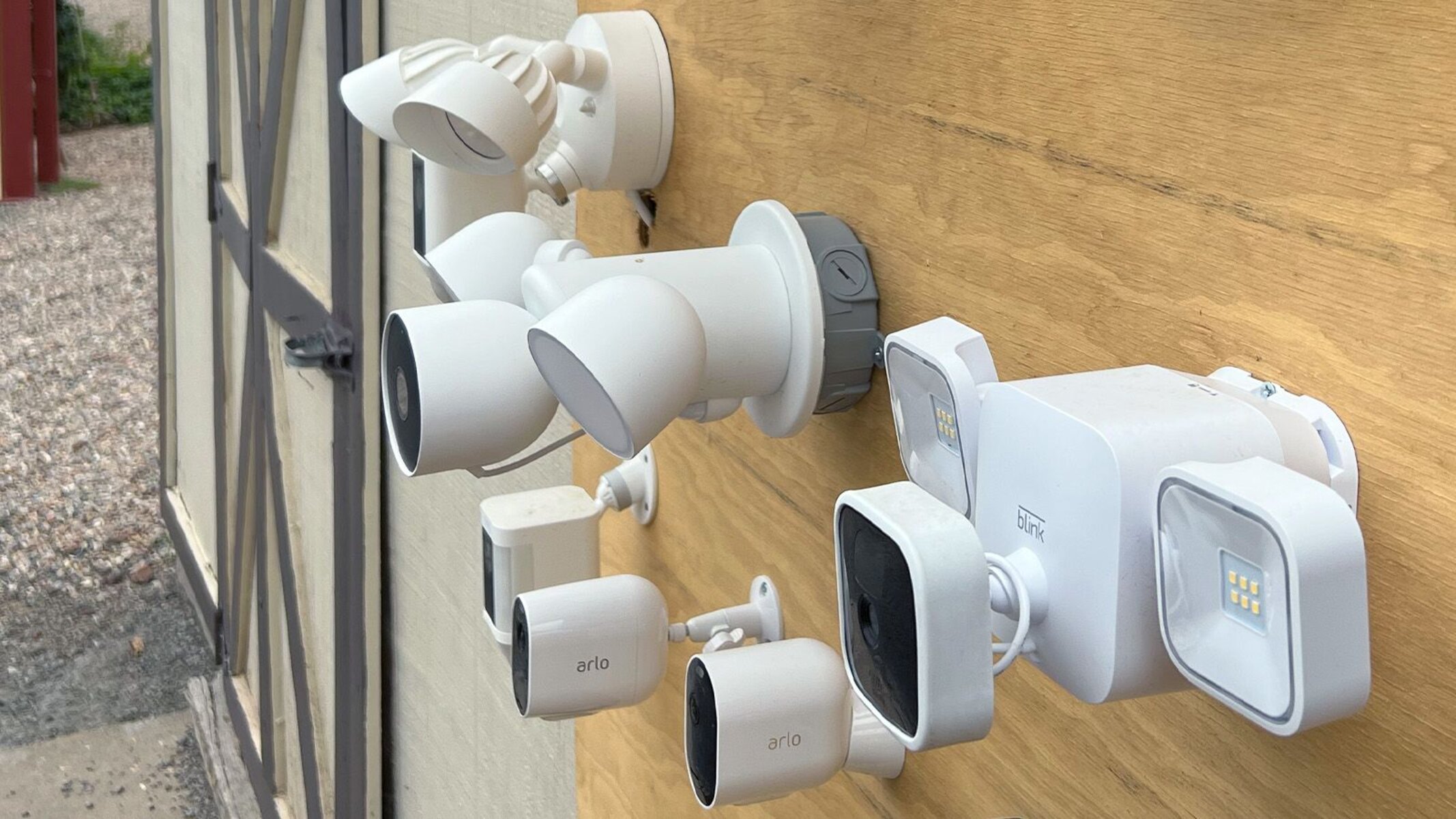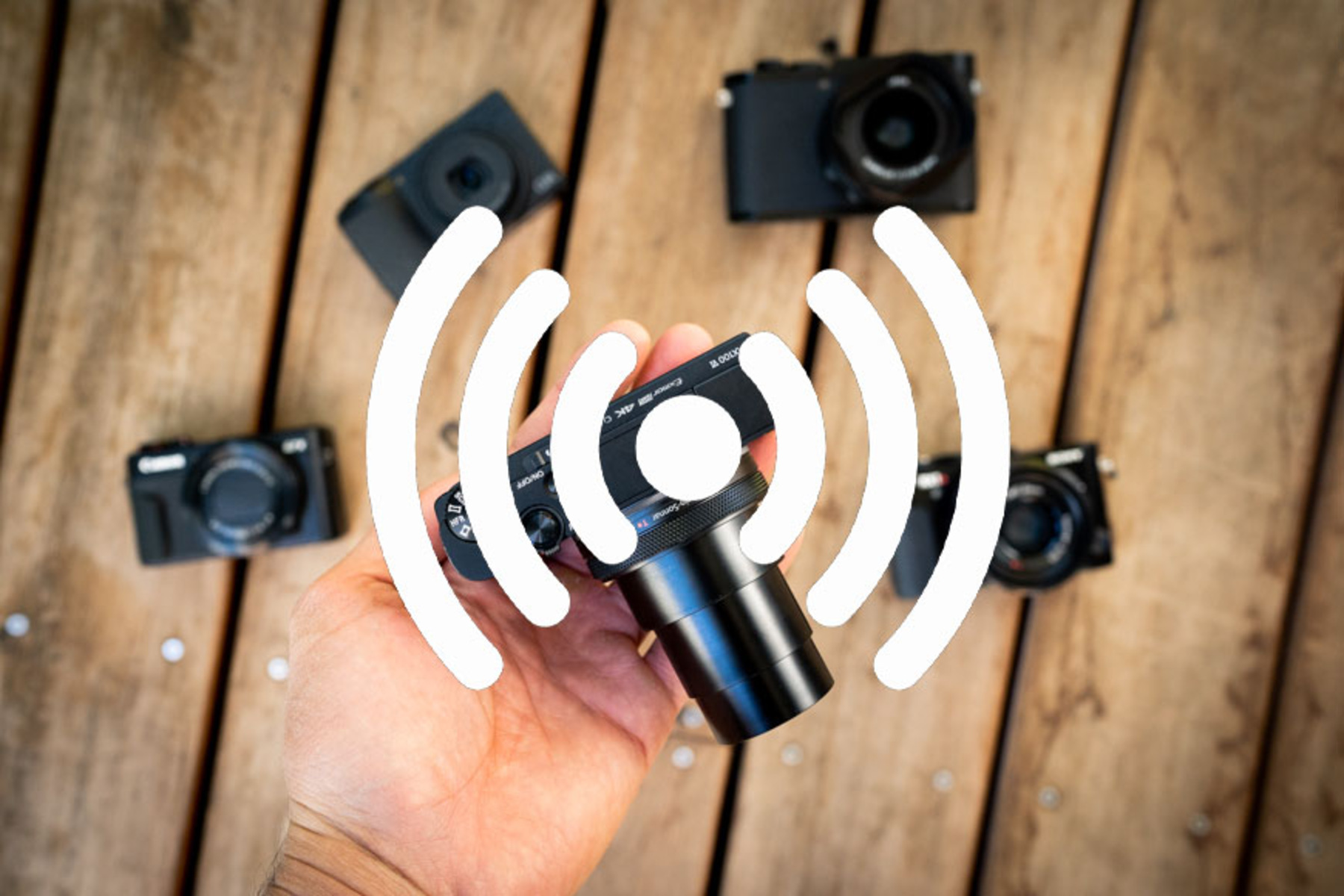Introduction
Home security cameras have become an essential tool for ensuring the safety and protection of our homes. They provide a sense of security by allowing us to monitor our properties and deter potential intruders. But have you ever wondered how long these cameras keep the recorded footage?
The duration for which home security cameras retain footage varies depending on several factors, such as the storage capacity of the device and the chosen storage option. In this article, we will explore the different factors that affect the storage capacity of home security cameras and the various storage options available. We will focus on cloud-based storage and local storage, and discuss how long you can expect your footage to be retained with each option.
Understanding the storage capabilities of home security cameras is crucial in making an informed decision when it comes to choosing the right system for your needs. So, let’s dive into the details and discover how long home security cameras keep their recorded footage.
Factors that Affect the Storage Capacity of Home Security Cameras
When it comes to the storage capacity of home security cameras, there are several key factors that need to be taken into consideration. These factors can significantly impact how long your camera can retain recorded footage. Let’s explore some of the primary factors:
- Resolution: The resolution of the camera plays a major role in determining the storage capacity. Higher resolution cameras produce more detailed footage, but they also require more storage space. So, if you have a camera with a higher resolution, it will consume storage more quickly.
- Frame Rate: The frame rate refers to the number of frames captured per second. Cameras with higher frame rates record more footage, resulting in quicker storage consumption.
- Compression: Compression algorithms are used to reduce the file size of recorded footage. The level of compression chosen can affect both the image quality and the amount of storage space required. Higher compression levels can help save storage space, but they may sacrifice some image quality.
- Length of Recording: The duration for which the camera records can impact storage capacity. Cameras that are set to record continuously will consume storage more quickly than cameras set to record only when motion is detected.
- Number of Cameras: If you have multiple cameras connected to the same system, the storage requirements will increase accordingly. Each camera will contribute to the overall storage consumption.
- Storage Option: The chosen storage option, whether cloud-based or local, will affect the amount of footage that can be stored. Different storage options have different capacities, and some may offer more flexibility in terms of expanding storage capacity.
By considering these factors, you can get a better idea of how long your home security camera can store recorded footage. It’s essential to understand these variables to ensure that you choose a system that meets your specific needs and provides sufficient storage capacity for your requirements.
Types of Home Security Camera Storage Options
When it comes to storing the recorded footage from your home security cameras, there are two primary options available: cloud-based storage and local storage. Let’s take a closer look at each of these options:
- Cloud-Based Storage: Cloud-based storage involves storing the recorded footage on remote servers accessible through the internet. Many home security camera systems offer cloud storage as part of their service plans. This option provides several advantages, such as easy access to footage from anywhere, automatic backup of recordings, and protection against physical damage or theft of the camera. The amount of storage available in the cloud can vary depending on the service provider and the subscription plan. Some providers offer free storage options with limited capacity, while others offer tiered plans that allow for more storage space.
- Local Storage: Local storage involves storing the recorded footage on a physical device, such as an SD card or a hard drive connected to the camera or a separate network video recorder (NVR). With local storage, you have complete control over the storage capacity, as you can choose the size of the storage device. This option is ideal for users who prefer to have their footage stored locally and have full ownership and control over their data. However, it is important to note that local storage can be susceptible to physical damage or theft. Additionally, the storage capacity is limited by the size of the device you choose.
Each storage option has its own advantages and considerations. Cloud-based storage offers convenience, accessibility, and the ability to scale up storage capacity as needed. On the other hand, local storage provides ownership and control over the footage but is limited by the capacity of the physical storage device.
Now that we’ve explored these storage options, let’s delve into the specifics of how long the footage can be stored with each option and the factors that can affect the storage duration.
Cloud-based Storage: How Long Do Home Security Cameras Keep Footage?
Cloud-based storage is a popular option for storing the recorded footage from home security cameras. It offers the convenience of accessing your footage from anywhere with an internet connection and provides automatic backups to keep your recordings safe. However, the duration for which home security cameras retain footage in the cloud can vary depending on various factors:
- Subscription Plan: The duration of footage storage often depends on the type of subscription plan you choose. Some cloud storage providers offer free plans with limited storage capacity, while others have paid plans that provide more storage space and longer retention periods. It’s important to review the subscription details and select a plan that suits your needs.
- Retention Policies: Cloud storage providers typically have retention policies that define how long they retain your footage. These policies can vary from provider to provider, with some offering retention periods of a few days, while others may retain footage for months or even years. It’s essential to understand the retention policy of your chosen provider to ensure that it aligns with your requirements.
- Storage Space: The amount of storage space available in your cloud subscription will also determine how long your home security camera can keep recorded footage. If your storage capacity is limited, the oldest recordings may be automatically deleted to make space for new recordings.
- Video Quality: The quality of the video footage can also impact the storage duration. Higher-resolution videos typically require more storage space, meaning that they may result in shorter retention periods compared to lower-resolution videos.
- Number of Cameras: If you have multiple cameras connected to the same cloud storage plan, the total amount of footage stored may reach the storage limits more quickly. It’s important to consider the number of cameras and the storage capacity when evaluating how long your footage will be retained.
It’s crucial to review and understand the specifics of your cloud storage plan, including retention policies and storage capacity, to ensure that it meets your needs in terms of how long your home security camera can retain recorded footage. By selecting the appropriate plan and managing your storage space effectively, you can ensure that your important footage is safely stored in the cloud for the desired duration.
Local Storage: How Long Can You Store Footage on Your SD Card or Hard Drive?
Local storage is an alternative option for storing the recorded footage from your home security cameras. This method involves using an SD card or a hard drive to directly store the footage within the camera or a separate network video recorder (NVR). The duration for which you can store footage on local storage depends on several factors:
- Storage Capacity: The storage capacity of your SD card or hard drive is one of the primary factors that determine how long you can store footage locally. The larger the storage capacity, the more footage you can retain. SD cards are available in various sizes, typically ranging from a few gigabytes to multiple terabytes, while hard drives offer even larger capacities.
- Video Resolution and Quality: The video resolution and quality play a significant role in determining the file size of the recorded footage. Higher-resolution or higher-quality videos result in larger file sizes, which can reduce the amount of footage that can be stored within the available storage capacity. Therefore, it’s important to consider the trade-off between video quality and storage duration.
- Recording Settings: The settings you choose for recording can affect the storage duration on local storage. Continuous recording, where the camera records continuously without any event-triggered recording, consumes storage more quickly. On the other hand, motion-triggered recording can help optimize storage usage by only capturing footage when there is movement or activity detected within the camera’s field of view.
- Overwriting or Loop Recording: Many cameras and NVRs support loop recording, where once the storage reaches its capacity, the oldest footage is automatically deleted to make space for new recordings. By enabling loop recording, you can ensure that your camera continues to record even when the storage is full, but it means that the oldest footage will be overwritten first.
- Backup or Transfer Options: It’s important to consider how you can back up or transfer the recorded footage from the local storage to another device or location. This can include manual backups to external hard drives or transferring footage to a computer for long-term storage. Having a backup plan ensures that you don’t lose important recordings in case the local storage device becomes damaged or corrupted.
By carefully managing your storage capacity, choosing appropriate recording settings, and considering backup options, you can extend the duration for which you can store footage on your local storage devices. It’s crucial to select storage devices with sufficient capacity and regularly monitor the storage usage to ensure that your home security cameras capture and retain the footage you need.
Factors to Consider When Choosing a Home Security Camera Storage Option
When selecting a storage option for your home security camera, there are several important factors to consider. Choosing the right storage option ensures that your recorded footage is stored securely and suits your specific needs. Here are some key factors to keep in mind:
- Storage Capacity: Assess the amount of storage space you require for your home security camera footage. Consider factors such as the number of cameras, video resolution, and desired retention period. Cloud storage typically offers flexible storage capacities based on subscription plans, while local storage requires you to choose a physical device with sufficient capacity.
- Accessibility and Convenience: Determine how easily you can access your footage using different storage options. Cloud storage allows you to access your recordings remotely from any device with an internet connection. On the other hand, local storage requires physical access to the storage device or network video recorder (NVR) where the footage is stored.
- Security and Reliability: Consider the security measures provided by the storage option. Cloud storage often includes encryption and data protection features to safeguard your footage. Local storage devices may require additional measures, such as password protection or physical security, to ensure the safety of your recordings.
- Cost: Evaluate the cost of the storage option, including any recurring subscription fees for cloud storage plans or the one-time cost of purchasing local storage devices. Determine the long-term expenses and weigh them against the capacity and convenience offered by each option.
- Scalability: Assess whether the storage option can accommodate your future needs. Cloud storage often allows you to upgrade or expand your storage capacity as required, while local storage devices may have limitations in terms of the maximum storage capacity or the number of cameras they can support.
- Data Ownership: Consider the level of control you have over your recorded footage. With cloud storage, your data is stored on remote servers owned by the service provider, which may have terms and conditions regarding data usage. Local storage gives you more direct control and ownership of your footage but requires proactive management of the storage devices.
By considering these factors, you can make an informed decision when choosing a home security camera storage option. Assess your specific needs, budget, and priorities to determine which option offers the right balance of storage capacity, accessibility, security, and cost-effectiveness. Remember to regularly review and manage your storage to ensure optimal performance and long-term reliability of your recorded footage.
Tips for Maximizing Your Home Security Camera Storage Capacity
Effectively managing your home security camera storage capacity is crucial to ensure that you have sufficient space to store your footage. By following these tips, you can maximize your storage capacity and optimize the duration for which you can retain your recorded footage:
- Adjust Recording Settings: Customize the recording settings of your cameras to maximize storage efficiency. Set them to record only when motion is detected or during specific time periods when activity is expected. This reduces the amount of unnecessary footage and conserves storage space.
- Optimize Video Resolution: Consider the balance between video resolution and storage capacity. Higher-resolution videos consume more storage space, so if you have limited capacity, choose a lower resolution that still provides clear and usable footage for your needs.
- Utilize Video Compression: Take advantage of video compression options offered by your camera system. Compression algorithms can significantly reduce the file size of recordings without sacrificing too much image quality. Experiment with different compression levels to find the appropriate balance for your storage capacity.
- Regularly Review and Delete Unnecessary Footage: Periodically go through your recorded footage and delete any unnecessary or redundant recordings. This can include footage of empty rooms or extended periods without any activity. Regularly managing your footage ensures that you free up space for new recordings.
- Consider Scheduled or Event-Triggered Recording: Instead of continuous recording, schedule your cameras to record during specific times or when certain events (such as motion detection) occur. This reduces the amount of footage captured and saves storage space for relevant recordings.
- Invest in Larger Storage Devices: If you have local storage, consider upgrading to larger-capacity SD cards or hard drives. Ensure that your storage devices can accommodate your desired retention period and the number of cameras you have connected to the system.
- Regularly Backup Your Footage: Backing up your footage to an external device or cloud storage is essential to prevent loss in case of a storage device failure or theft. Implement a reliable backup strategy to ensure the safety and accessibility of your important recordings.
By implementing these tips, you can maximize the storage capacity of your home security cameras and optimize the duration for which you can retain your recorded footage. It’s important to regularly monitor your storage usage, make adjustments as needed, and stay proactive in managing your storage to ensure optimal performance and reliable security monitoring.
Conclusion
Choosing the right storage option for your home security camera is crucial to ensure that your recorded footage is safely stored and easily accessible when needed. Cloud-based storage offers the convenience of remote access, automatic backups, and scalability, while local storage provides ownership, control, and no recurring fees. When considering how long home security cameras keep footage, it’s important to take into account factors such as video resolution, frame rate, compression, recording length, and the number of cameras connected to the system.
Cloud-based storage options vary in terms of subscription plans, retention policies, and storage capacity. It’s essential to review these details to ensure that your chosen plan aligns with your storage needs. Local storage, on the other hand, relies on the capacity of SD cards or hard drives, with factors such as video resolution, recording settings, overwrite capabilities, and backup options impacting the storage duration.
When selecting a storage option, consider factors such as storage capacity, accessibility, security, cost, scalability, and data ownership. These factors will help you make an informed decision that meets your specific requirements and budget. Additionally, implementing tips such as adjusting recording settings, optimizing video resolution, utilizing compression, regularly reviewing and deleting unnecessary footage, and investing in larger storage devices can help maximize your storage capacity and ensure efficient use of space.
In conclusion, understanding factors that affect storage capacity, exploring different storage options, and implementing strategies to maximize storage are key to effectively managing your home security camera footage. By choosing the right storage option and optimizing its usage, you can ensure that your recorded footage is safely stored for the desired duration, providing you with peace of mind and enhanced security for your home.







